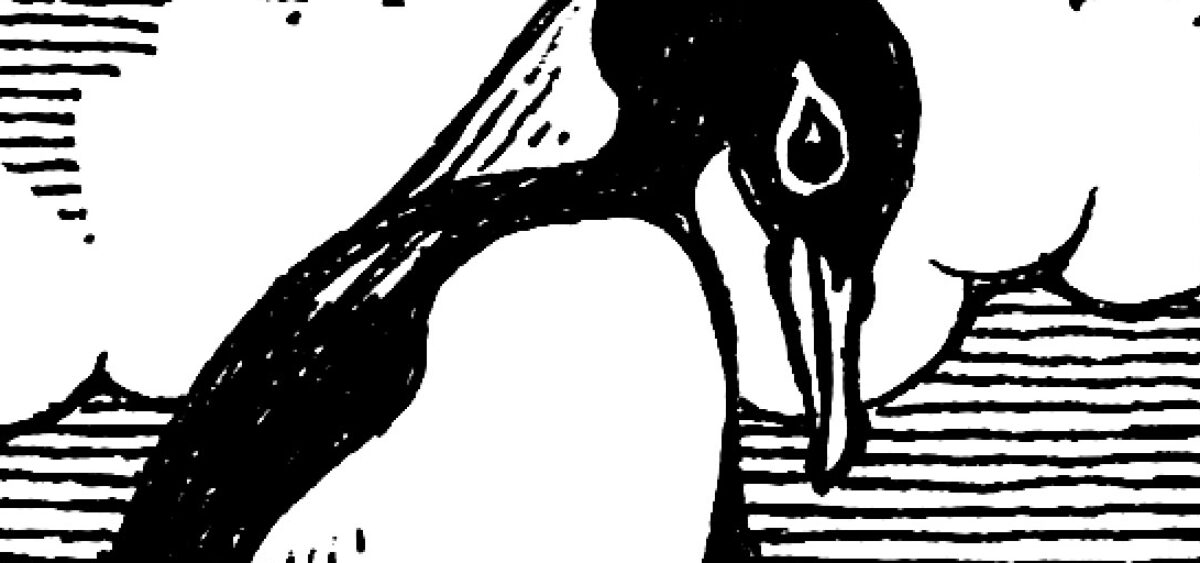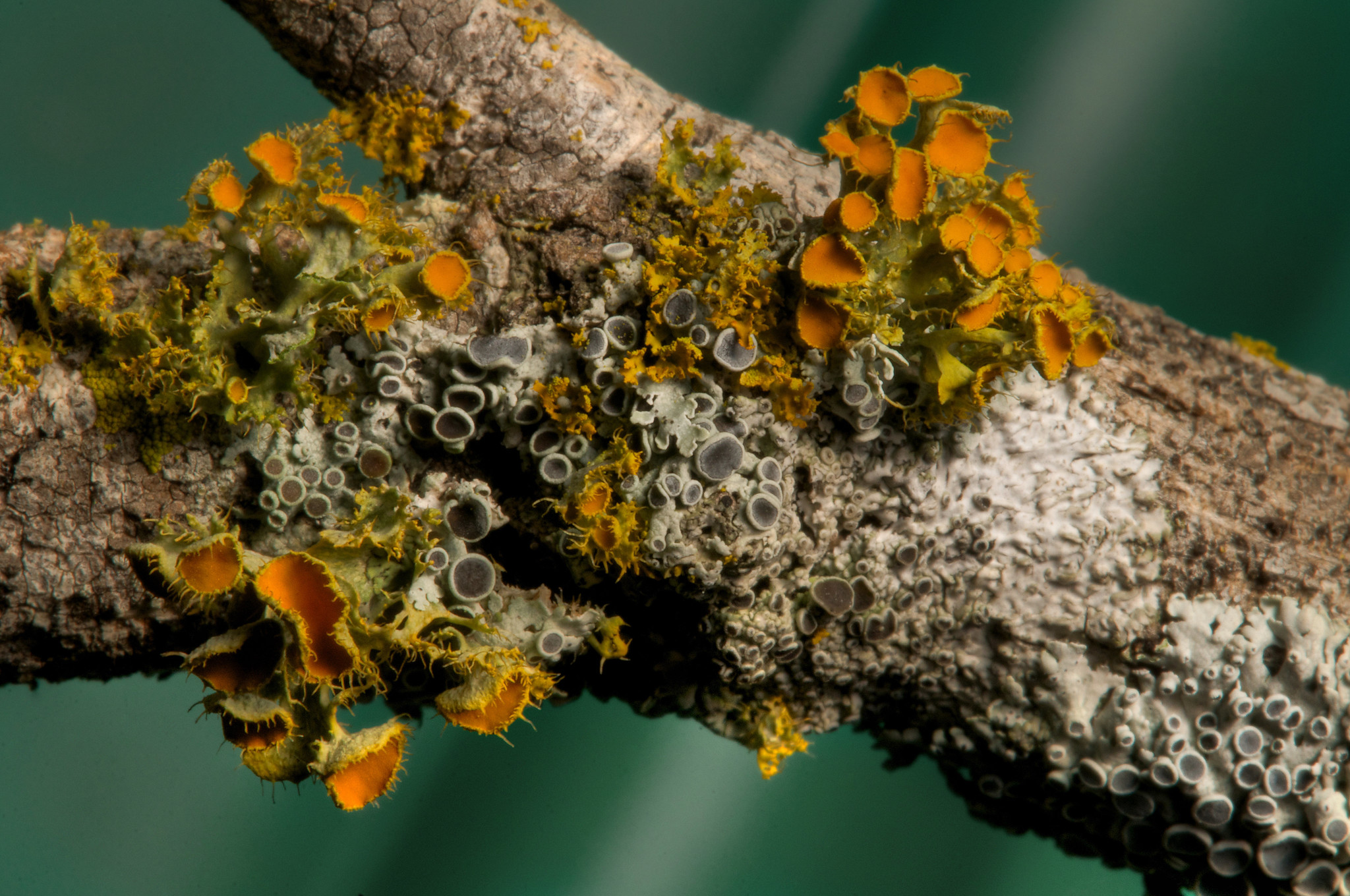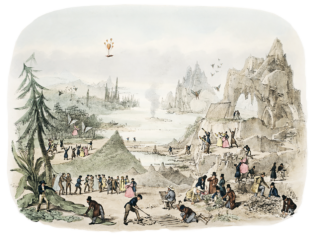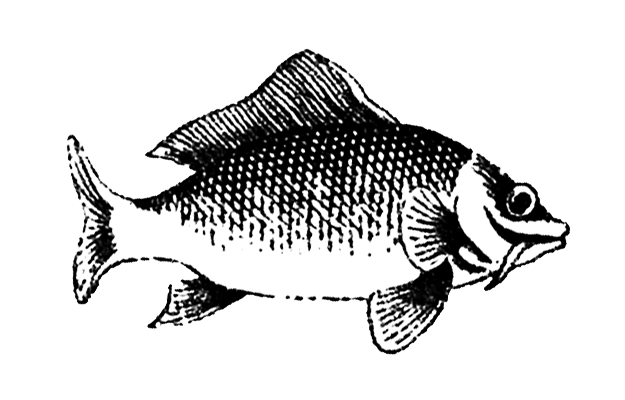
Evolution doesn’t work the same way as the architects of the Brazilian capital did; they planned and thought out Brasilia from start to finish. Evolution works more like the residents of the favelas, building their shelter from whatever is at hand.
In 1979, Stephen Jay Gould and Richard Lewontin published one of the most-read articles in the history of evolutionism. It’s exceptional if for no other reason than that far from beginning with a description of the natural world, it started with the vaults of St. Mark’s Basilica in Venice, covered by mosaics. Noteworthy among them are the ones that fill the triangular space between the arches supporting the cupola. These spaces are called spandrels; the Polish term literally means ‘armpit of the arch’. (In fact, Gould and Lewontin confused spandrels with another architectural element, the pendentive, but this only bothers our editor, Miładzia Jędrysik.)
It may seem that these surfaces were created precisely to bear sophisticated decorations, but creating them is actually unavoidable if two arches adjoin one another – in the place where each moves off in its own direction, there must be a space with precisely this shape. The mosaics were only made later, to somehow make use of something that already existed anyway. There are many ‘spandrels’ of exactly this type in evolution.
Flaw upon flaw
For example, let us examine a representative of the proud species Homo sapiens. Once we’ve delighted in its perfection, like Leonardo da Vinci, let’s look at it with a cooler head. Then we’ll notice that many characteristics that we have learned to perceive as beautiful are really structural ‘spandrels’. We can wonder about the evolutionary advantages derived from having a chin; how its shape is affected by sex selection, etc., but the truth is that it’s an unavoidable consequence of the structure of our jaw, whose bones have to meet somewhere.
Or take the nose. People have significantly larger noses than our relatives, the apes, and it’s usually believed that this wonderful ornament of the human face must have a deeper meaning; that it plays the role of a kind of filter regulating the temperature and moisture of air that’s inhaled. But the Japanese scientist Takeshi Nishimura states that the prominent human nose is no better than that of the apes. The biologist reached this conclusion after analysing the flow of air through the noses of chimpanzees, gorillas and humans.
So the prominent human nose makes no sense. Where did it come from, then? Nishimura’s hypothesis is that it was pushed out two to three million years ago, when the human brain was enlarged, and along with it the part of the skull where it nestles. It’s a side effect of this process.
Human anatomy, in general, is very much improvised. We’re filled with design flaws from top to toe. Bipedalism, which we’re so proud of, has many advantages, but on the evolutionary scale it was introduced very hastily. As an inheritance from our ancestors with prehensile lower limbs, we’ve received 26 bones in each foot. Such a structure is subject to injury, and pales in comparison with the feet of even the ostrich or the penguin, where many bones are combined into a significantly stronger element. But the ostriches and their ancestors the dinosaurs have been walking on two feet for 230 million years now, while we’ve only been doing it for five million, so there hasn’t been much time for improvements.
If we look higher, our knees also suffer as a result of the relatively recently applied change in posture, because the weight that was earlier borne by four limbs now rests on two. That’s also the cause of frequent injuries not only to the feet, ankles and knees, but also the hips. In the latter region, it’s just error upon error. We stand erect because the female human birth canal is proportionally the narrowest of any primate’s, which, combined with our large heads, makes the human childbirth process one of the most difficult, painful and dangerous. The closeness of our anus and our genitals also doesn’t work too well (as one of the heroes of the cloying Polish comedy Boys Don’t Cry put it: “If God were an urban planner, he wouldn’t put the playground next to the sewage plant”). It leads to many infections, particularly among women.
Men in turn owe their difficulty in urinating to the way their urinary tract passes through the prostate, which presses on the tract if it swells up. The vas deferens, meanwhile, on its way from the gonads to its exit from the body, passes through the urethra, which certainly wasn’t a problem for our ancestors, but along with the descent of the testicles and the extension of the penis, the vas must also be extended unnecessarily. In his book Darwin’s Untimely Burial, Stephen Jay Gould compares it to a gardener watering a hedge and walking around a tree growing at the end of the garden. But the gardener can at a certain moment pull back a bit and avoid the tree, while our hose must constantly extend, because evolution doesn’t go backward. It would be much simpler and safer if our vas deferens took a shortcut, but that’s no longer possible.
Cables from the screen
We have higher spines, which are often compared to 26 cups and saucers (the vertebrae and the discs) piled up in a stack and laden at the top with the heavy head. To hold it all together, the human spine bends in the shape of the letter S, which is why we experience pains in various parts of it. Along the way, there’s also the caecum, which isn’t really good for anything, but if it gets infected, it can kill you. Then we have the throat, completely unnecessarily leading both to the lungs and to the stomach, thanks to which we regularly choke, killing thousands of people each year. Let’s not even talk about wisdom teeth, because we’re slowly approaching my favourite place: the human eye.
Creationists regularly deploy the argument that evolution can’t be true, because how could something as perfect as our eye come to be as the result of an accumulation of random events? In its senselessness, this is one of the most wonderful arguments. First of all, of course it’s not just about random chance. Small changes can appear by chance, but it’s only natural selection that can lead to gradual improvement. We know in various organisms all of the intermediate phases that, in the end, led to the delightful organ that is the eye.
But first of all: is there really any reason for delight? The eye emerged from a small photosensitive fold that our very distant ancestors had. Then there appeared a layer of photosensitive cells, the blood vessels that fed them, and the nerves that transmit the information they gather. But by chance, the vertebrates’ ancestors’ blood vessels and nerve fibres were found more on the outside than the photosensitive layer, meaning that they block the light. And from the beginning of its development, vertebrates have tried to compensate for this somehow. Because evolution, so beautiful in its simplicity and effectiveness, has a certain important limitation. Since nobody is managing it – and the process isn’t leading to any defined goal in the future – at every stage temporary solutions are implemented, which work best at a given moment. Selection then applies only to that which is already at hand, finding the best way out of a less than ideal situation. Evolution cannot back up and think up something new, or plan anything for the future.
In the human eye, the photosensitive layer of rods and cones takes the image gathered by the lens and transmits it to the brain, but along the way to the ‘switchboard’, the optic nerve penetrates this layer, to emerge to the outside. This is why we have a blind spot. It’s as if the cables in your television came out through the screen, to later return to all the electronics at the back. In this respect, the eyes of cephalopods are much better constructed. There we have a photosensitive layer and the accompanying cables, but all the wires are located at the back, and there are no blind spots. So it’s enough to look into your eyes to understand that if we’re created in anybody’s image and likeness, then either this being is anything but perfect, or it’s very bad at copying.
Why two eggs?
As a consolation, we can add that improvisation, chance and design flaws characterize not only human anatomy. Take the rabbit, for example. Like many other mammals, these sweet long-eared creatures live on plants, hopping happily about among the greenery. But rabbits have a certain dark secret, a hereditary curse, which makes them a bit less attractive on closer examination. The problem is that mammals can’t digest cellulose, which makes up the majority of their plant diet. That’s why cows, horses and a whole range of other vegetarians have multiple stomachs, one of which is full of symbiotic protozoa that digest cellulose on their host’s behalf. The food they prepare moves to the next stomach, where it can then be absorbed.
Rabbits and their friends and relations eat grass and also use microorganisms, but instead of their stomachs, they keep them in an expanded caecum. These microbes digest cellulose just as efficiently as the residents of the cow, so what’s the difference? The point is that from the caecum you can’t go back to the stomach, so the digested food has to leave the rabbit’s body through its back end, and every child’s favourite animal has to eat it again. Meaning rabbits eat their own excrement. Things happen normally only the second time around: the stomach absorbs what it needs, and the rest goes out the rabbit’s backside in the form of the little pellets we all know. Charming, right? In the end everything works, and bunnies get along fine, but it’s hard to describe them as an effect of intelligent design. If there were a creator, it would deserve an F in design and technology (unless maybe it just doesn’t like rabbits).
Nature is full of such examples. Not all of them make organisms’ lives difficult. The bright red colouring of the Chaceon genus of crabs doesn’t bring them any benefit, because at a depth of hundreds of metres, where these crabs live, there’s no light anyway. On the other hand, there’s no reason not to be bright red, because a bright red crab isn’t any more exposed to attacks from enemies. Obviously it costs nothing; they’re red because they can be. It can’t be ruled out that for the crabs’ ancestors the colour was significant, but now this evolutionary extravagance is purely a source of decadent satisfaction for chaceons – it doesn’t bother anybody, nor does it help anybody.
It’s a bit harder to understand why macaroni penguins always lay two eggs, even though the first is barely half as big as the second, and almost never develops. Why waste the energy? It hasn’t been confirmed that the penguins use them to get rid of toxins. It’s not a Plan B for the loss of the larger egg. For now, we’re still waiting for a convincing explanation. We can see that the energy losses aren’t so large, and the first egg must be an inheritance from ancestors for whom laying it made sense.
We’ve got used to thinking of evolution as a force leading to the emergence of perfect forms, but it’s not like that at all. Many characteristics of organisms have no adaptive significance. Sometimes they’re effects of so-called genetic drift, meaning as a result of various twists of fate, animals or plants look one way and not another. Let’s think about salamanders, half with yellow spots and half with orange ones. Neither is better in the sense of adaptation; they could easily be crossed. Yet for some reason the ones with yellow spots seek partners with yellow spots, and those with orange spots stick to their own kind, and the entire population is still more or less evenly split. After thousands of years maybe they would have split into two similar species. But if some kind of cataclysm, let’s say a volcanic eruption, happens to wipe out the orange-spotted salamanders because they were unlucky enough to gather for mating in the wrong place, only the yellow-spotted ones would remain, even though they weren’t any better, just luckier.
An accident? I think so. But those who can’t accept that don’t comprehend the strength and beauty of life.
Translated by Nathaniel Espino










